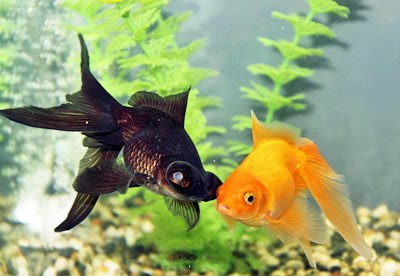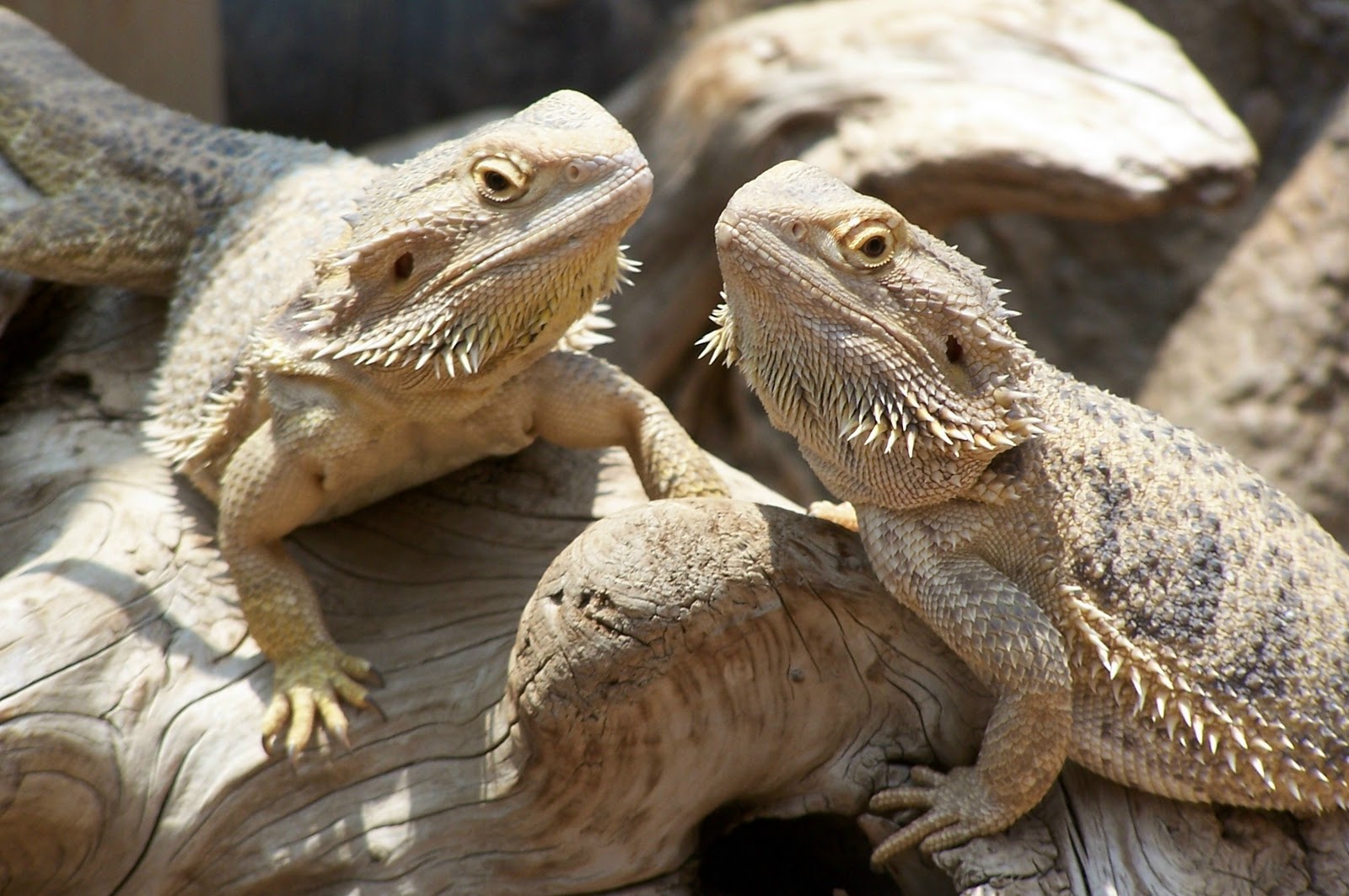Be Well Informed of Tail Rot Bearded Dragon Symptoms to Keep Your Pet Healthy
Introduction
Bearded dragons are some of the friendliest reptiles that you can adopt as pets. They love human interaction, and they’re quite easy to care for compared to other large reptiles. However, just like all animals that need care and attention, the bearded dragon can suffer from some health problems.
One of the most common conditions that you might encounter with a bearded dragon is tail rot. It’s a potentially dangerous condition that can cause discomfort and serious health issues for your pet. So, here’s everything you need to know about tail rot bearded dragon symptoms and how to keep your pet healthy.
What is Tail Rot in Bearded Dragons?
Tail rot is an infection in the bearded dragon’s tail caused by bacteria that feed on dead and rotting tissue. It’s a serious condition that can cause the tail to fall off, leading to further infection and even death.

While tail rot can affect all bearded dragons, it’s more common in those that have been in poor living conditions, suffered poor nutrition, faced dehydration, or suffered from previous injuries. It’s essential to be aware of the tail rot bearded dragon symptoms, as early diagnosis and treatment can help save your pet’s life.
Symptoms of Tail Rot in Bearded Dragons
The key to combating tail rot in bearded dragons is to catch it early. Here are some common symptoms to look out for:
Discoloration
The first sign of tail rot is usually discoloration, which starts at the tip and progresses towards the base. The tail can become darker, or even black in severe cases. The rotting tissue will also start to smell.

Swelling and Discharge
Another symptom is swelling and discharge, indicating pus buildup at the infected site. The bearded dragon may also experience pain on the tail when it’s touched by the owner or when a predator attacks it.

Lack of Appetite and Lethargy
As the disease progresses, the bearded dragon will have a decreased appetite and sluggish behavior. Your pet may even stop eating altogether. If you see these symptoms, it’s vital to take immediate action and consult a vet.
How to Prevent Tail Rot in Bearded Dragons
Prevention is always better than cure. Here are some steps you can take to reduce the chances of your bearded dragon getting tail rot:
Keep the Enclosure Clean
A clean environment is essential for a healthy bearded dragon. Keep the enclosure clean of waste, dead insects, and uneaten food. The habitat should also be cleaned regularly with hot, soapy water.

Feed a Healthy Diet
Bearded dragons need a varied diet of vegetables, fruits, and live insects. Try to avoid feeding commercial products as they’re often packed with preservatives and additives that are harmful to your pet’s health. Ensure your bearded dragon gets enough calcium and vitamin D3.
Provide Adequate Water
Bearded dragons require regular hydration to stay healthy. Ensure there is always fresh water available in the habitat, and you can also encourage your pet to drink by spraying its skin with water or providing a shallow dish to soak in.

Don’t Tail Whip or Pull on the Tail
Bearded dragons use their tails for balance and communication, and they’re quite sensitive. Avoid tail whipping or pulling the tail as it can result in injury that may lead to tail rot.
Conclusion
Tail rot in bearded dragons is a serious condition that must be diagnosed, and treatment begun as soon as possible to prevent further complications. Ensure that you take proactive measures and watch for the symptoms to stop the problem before it arises. Taking a proactive approach to your pet’s care, along with regular consultations with a veterinarian, is the best way to ensure your bearded dragon stays happy and healthy.
